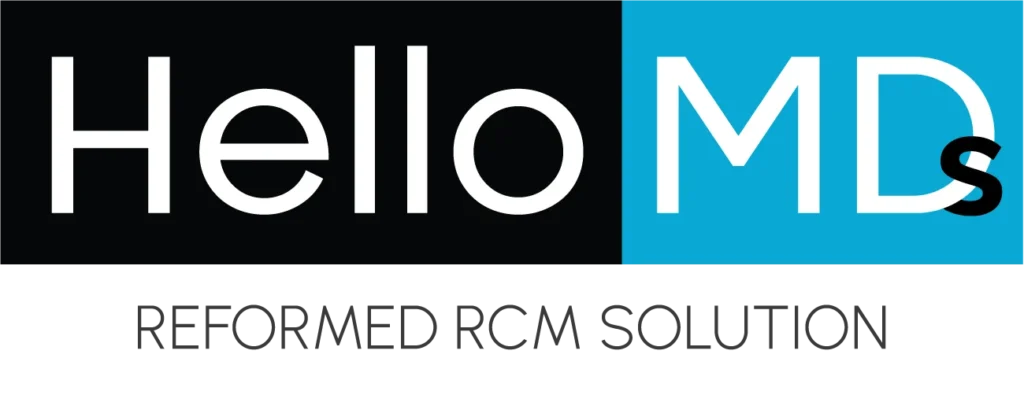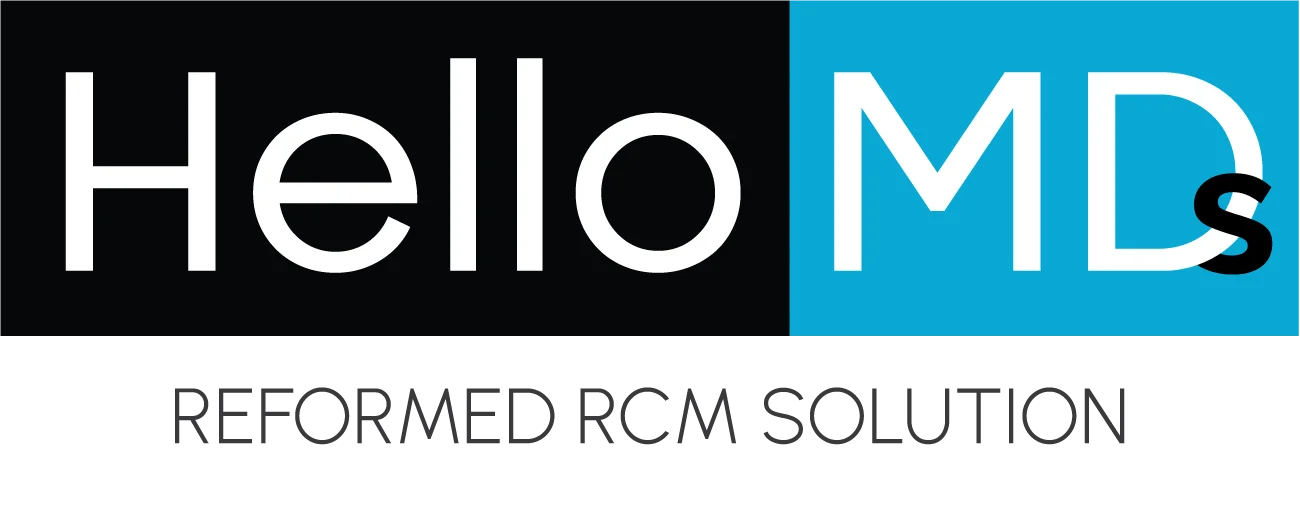The Current Procedural Terminology (CPT) code system, created by the American Medical Association (AMA), is common among healthcare professionals for recording and reporting medical procedures and services. These codes play a vital role in guaranteeing precise billing and reimbursement for services rendered during patient appointments, providing a uniform means of describing medical procedures in insurance claims and healthcare management.
This blog will specifically address CPT Code 99205, which is commonly utilized for high-level evaluations and decision-making during office or other outpatient visits.
What is CPT Code 99205?
CPT Code 99205 pertains to a thorough evaluation and management (E/M) office visit for a new patient. This consists of a comprehensive examination, assessment, and management plan the physician provides for the patient.
Key Criteria for CPT Code 99205
Certain requirements regarding the complexity of the patient meeting must be met to properly utilize CPT code 99205. This code is applicable if the patient is new and has not received care from the healthcare provider in the previous three years. It also necessitates a significant level of medical decision-making (MDM) or at least one hour spent on the visit.
The choice to utilize this code is based on a variety of elements, which include:
1. History
A thorough medical background is necessary, encompassing the patient’s primary complaint, current condition, history of present illness (HPI), and past medical, Family, and social history (PFSH).
2. Examination
The doctor must conduct a thorough evaluation, which goes beyond a simple or focused examination. This assessment should include various organ systems or a thorough evaluation of the patient’s bodily functions to assess their overall well-being.
3. Medical Decision-Making (MDM)
The process of medical decision-making, or MDM, involves assessing the various options and making informed choices based on the patient’s needs. This includes evaluating symptoms, test results, and history to determine the best course of treatment.
The medical decision-making for this encounter requires a high level of complexity. This entails weighing the number of diagnoses and treatment options, reviewing a significant amount of data such as lab results and imaging, and considering the risk of complications or morbidity.
4. Time
If time is used as the deciding factor for choosing this code, the visit should be a minimum of 60 minutes long. This time should primarily be spent on meaningful in-person interactions with the patient, examining records, exploring diagnostic and therapeutic choices, and establishing a comprehensive treatment plan.
Examining the Elements of CPT 99205
Comprehensive History
To create a comprehensive history, it is necessary to thoroughly examine the patient’s background, which includes:
Comprehensive Examination
A thorough examination is one that takes into account various body systems or delves into a detailed assessment of the patient’s condition. This should include:
High Complexity Medical Decision Making (MDM)
MDM relies on the complexity of the following factors:
4. Time
When determining the amount of time spent, a total of 60 minutes must be allocated, which may not all be spent directly with the patient. This duration includes:
When to Use CPT Code 99205
The code 99205 should be used for:
Examples of scenarios where CPT 99205 could be utilized
Issues and Frequently Seen Errors When Utilizing CPT 99205
Comparing CPT Code 99205 and CPT Code 99204
It is crucial to distinguish between CPT 99205 and CPT 99204, as they both relate to new patient appointments with varying levels of complexity.
Simplify the CPT Code 99205 with Hello MDs’ streamlining methods.
Hello MDs makes the CPT Code 99205 easier for healthcare providers by simplifying documentation and billing. Their platform provides integrated tools to assist physicians in accurately recording patient information and conducting thorough virtual consultations. This saves time on administrative tasks and enables efficient billing for Level 5 office or outpatient visits, which involve a detailed evaluation and management of complex medical conditions. By automating certain steps, Hello MDs allows healthcare professionals to concentrate on patient care while adhering to CPT guidelines.
Conclusion
CPT Code 99205 plays a crucial role in the evaluation and management process, specifically in documenting high-level office visits with new patients. Familiarity with its correct usage is vital for healthcare providers, medical billers, and coders to guarantee precise reimbursement and adherence to billing regulations.
By adhering to the criteria and keeping detailed records, healthcare professionals can ensure the correct usage of CPT codes for their services, ultimately guaranteeing proper reimbursement and boosting the financial stability of the practice.


